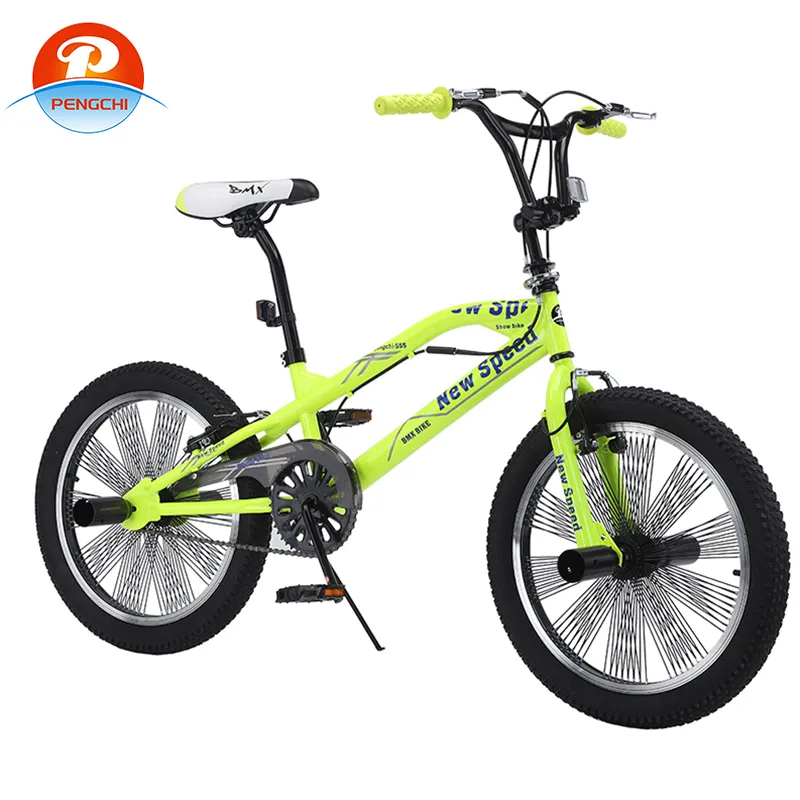
-
 Afrikaans
Afrikaans -
 Arabic
Arabic -
 Belarusian
Belarusian -
 Bengali
Bengali -
 Bulgarian
Bulgarian -
 Croatian
Croatian -
 Czech
Czech -
 Danish
Danish -
 Dutch
Dutch -
 English
English -
 Finnish
Finnish -
 French
French -
 German
German -
 Greek
Greek -
 hawaiian
hawaiian -
 Hebrew
Hebrew -
 Hindi
Hindi -
 Hungarian
Hungarian -
 Indonesian
Indonesian -
 irish
irish -
 Italian
Italian -
 Japanese
Japanese -
 Javanese
Javanese -
 kazakh
kazakh -
 Khmer
Khmer -
 Korean
Korean -
 Kyrgyz
Kyrgyz -
 Lao
Lao -
 Latin
Latin -
 Luxembourgish
Luxembourgish -
 Malay
Malay -
 Myanmar
Myanmar -
 Norwegian
Norwegian -
 Persian
Persian -
 Polish
Polish -
 Portuguese
Portuguese -
 Romanian
Romanian -
 Russian
Russian -
 Serbian
Serbian -
 Slovak
Slovak -
 Somali
Somali -
 Spanish
Spanish -
 Swedish
Swedish -
 Tagalog
Tagalog -
 Thai
Thai -
 Turkish
Turkish -
 Turkmen
Turkmen -
 Ukrainian
Ukrainian -
 Uighur
Uighur -
 Vietnamese
Vietnamese
Қаз . 17, 2024 01:47 Back to list
children's bike size chart
Understanding Children's Bike Size Chart for the Perfect Fit
Choosing the right bike for your child is a crucial decision that can significantly impact their cycling experience. An ill-fitting bike could lead to discomfort, hindered performance, or, worse, accidents. That’s why understanding the children’s bike size chart is essential for parents seeking the perfect fit for their young riders.
Importance of Proper Bike Fit
A properly fitted bike provides children with the confidence they need to ride safely and effectively. It allows them to reach the pedals comfortably, maintain proper posture, and control the bike efficiently. When children ride a bike that is too big or too small, they may struggle with balance or face difficulties in braking, which can lead to frustration or injury.
Children’s Bike Size Chart Overview
Bike size is usually determined by the wheel diameter and is often categorized into age ranges. While the age of your child can provide a basic guideline, it's crucial to consider their height, inseam measurement, and riding experience for a more accurate fit.
Sizing Guide
1. Age and Height Typically, children's bikes are categorized by age, but height is often a more reliable factor. Most bike manufacturers provide their size charts based on both age and height. Generally, the following guidelines can be common for kids' bikes
children's bike size chart

- 12-inch bikes Suitable for children aged 2-4 years, usually with a height of 36-40 inches. - 16-inch bikes Designed for children aged 4-6 years, typically for heights of 40-45 inches. - 20-inch bikes Suitable for kids aged 6-8 years, often for heights between 45-50 inches. - 24-inch bikes Ideal for children aged 8-11 years, usually for those between 50-56 inches tall. - 26-inch bikes Generally a good fit for ages 11 and up, for heights above 56 inches.
2. Inseam Measurement Beyond age and height, taking an inseam measurement can provide a more personalized fit. To measure inseam, have your child stand straight with their shoes off and measure from the highest point of their inner thigh down to the floor. When choosing a bike, look for one where the child can straddle the top tube comfortably, with a few inches of clearance.
3. Adjustability Children grow quickly, which is why looking for bikes with adjustable seat heights and handlebars is beneficial. This feature allows the bike to grow with your child, extending its usability for several years.
Testing the Fit
Once you have selected a bike size based on the chart, it is essential to test the fit. Have your child sit on the bike to ensure they can reach the handlebars comfortably and that both feet can touch the ground. If they can’t reach the ground while seated, the bike may be too large, which can pose a safety risk. Conversely, if they are cramped and cannot extend their legs adequately while pedaling, the bike is likely too small.
Conclusion
In summary, understanding the children’s bike size chart is crucial for selecting the right bike for your child. The interplay between age, height, inseam measurement, and the bike's adjustability will help ensure a safe and enjoyable riding experience. By taking the time to find the right fit, you’ll not only enhance your child’s cycling skills but also instill a lifelong love for biking. Happy cycling!
-
Red Black BMX Bike with GPT-4-Turbo AI Tech
NewsJul.31,2025
-
New Red Anti-theft E-Bike | Easy Ride City Commuter
NewsJul.31,2025
-
BMX 20 Inch Bikes for Freestyle & Street | Fat Tire Options Available
NewsJul.30,2025
-
322 High Quality 26 Inch 21 Speed Adult Mountain Bike OEM MTB
NewsJul.29,2025
-
Specialized Kids Mountain Bikes - Safe, Durable & Fun Riding Experience
NewsJul.29,2025
-
Little Kids Mountain Bike - Lightweight Bikes for Young Riders
NewsJul.29,2025

